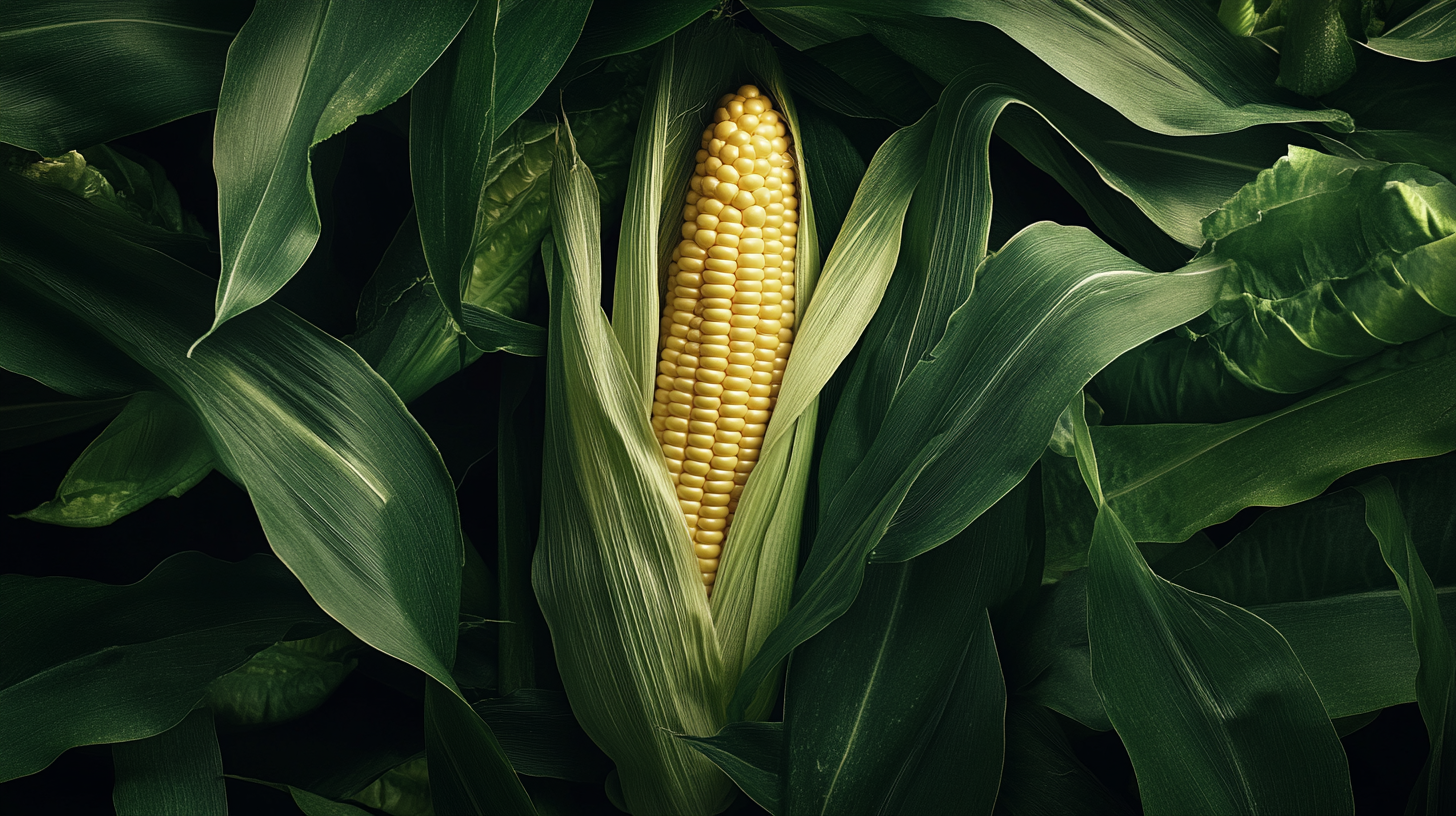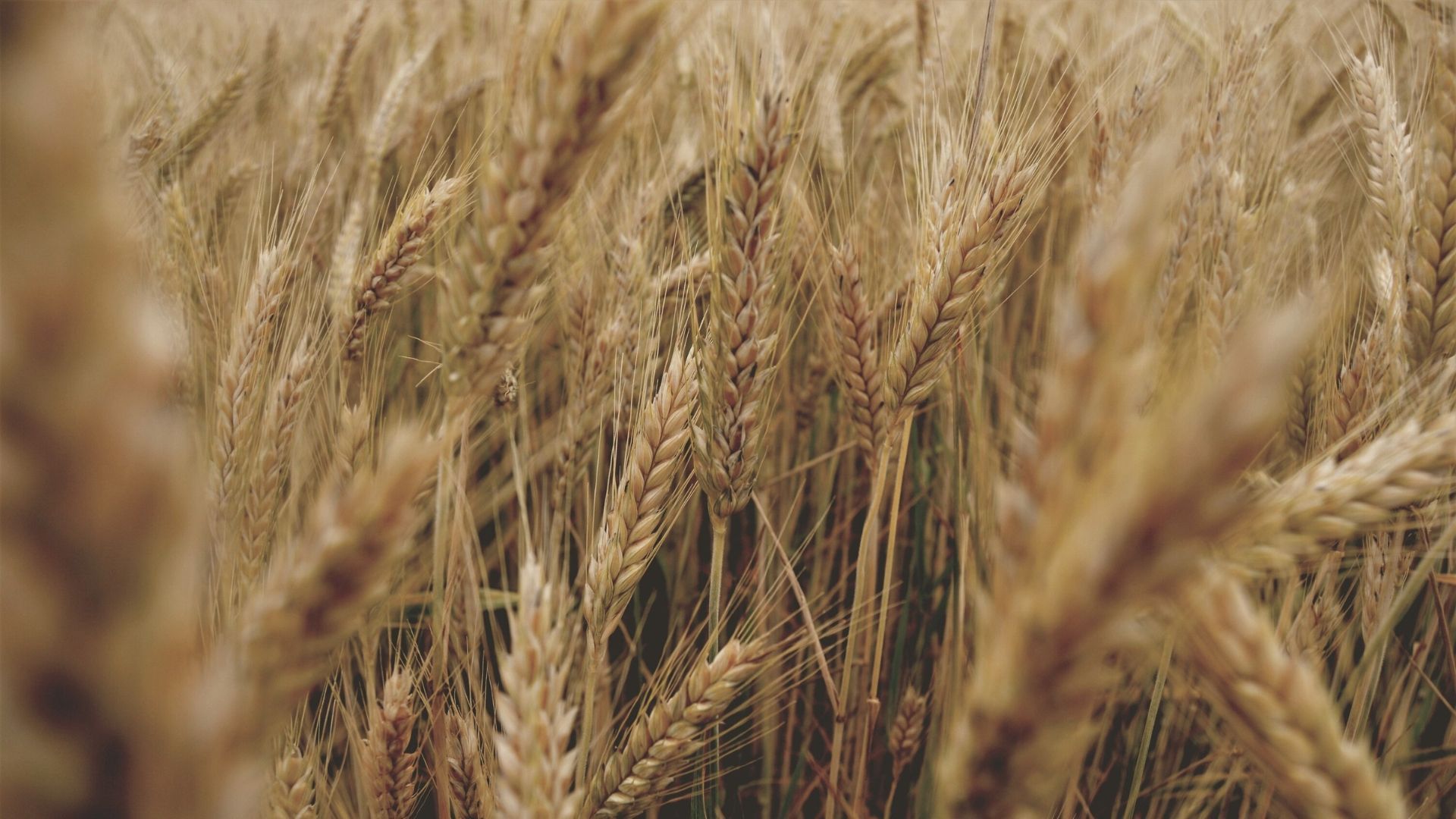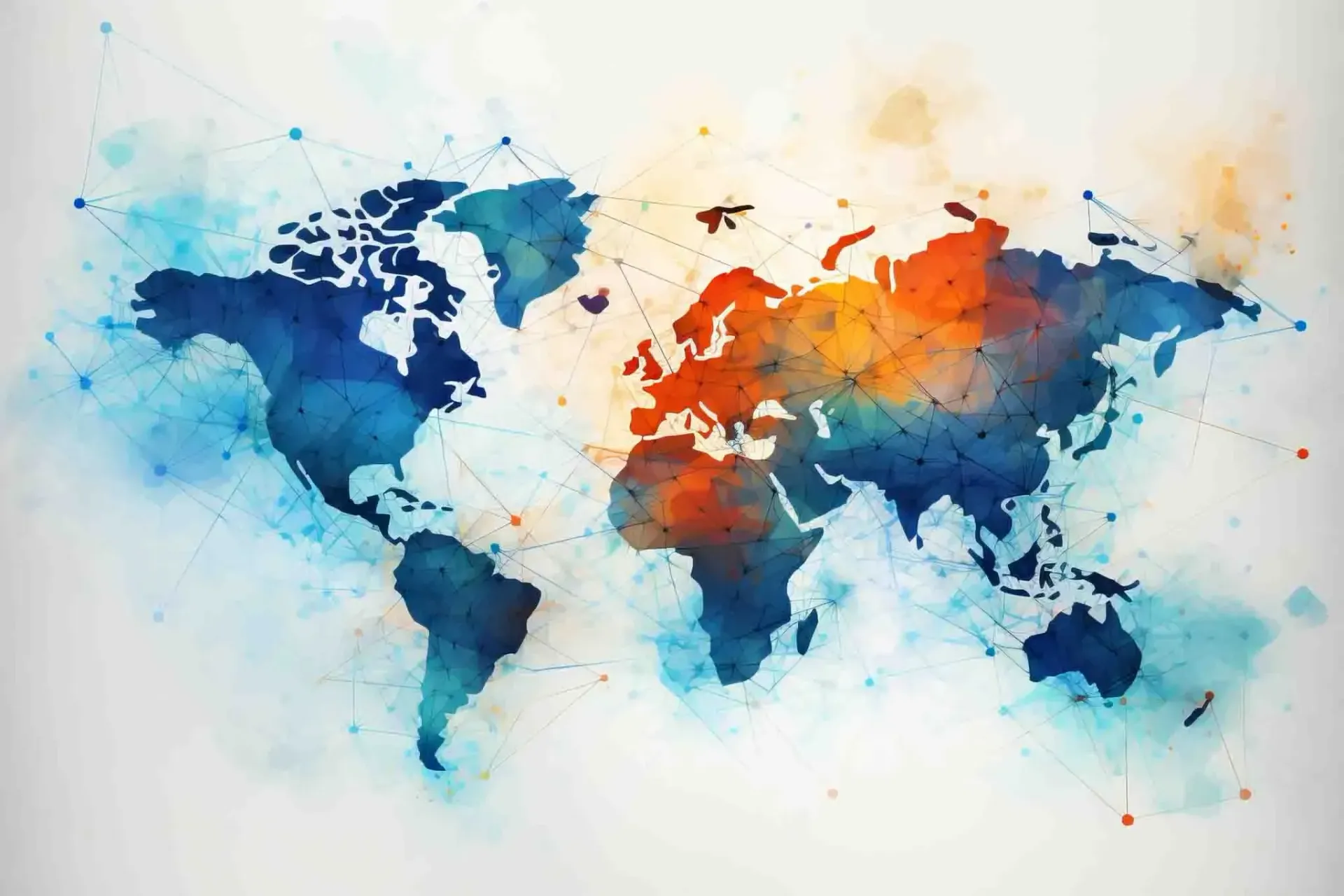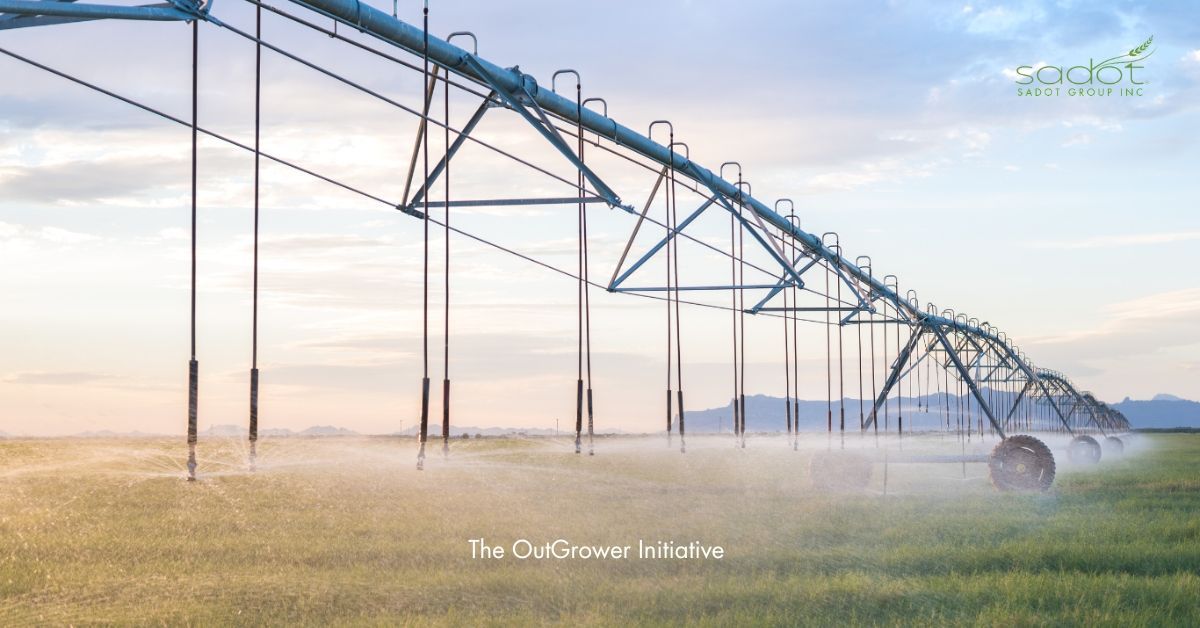Tech in the Fields: How AI is Revolutionizing Farming
With approximately 700 million people worldwide facing hunger and approximately 17% of global food production wasted, can emerging technologies reshape our approach to these critical challenges while concurrently balancing our ethical responsibility?
Yes. And here is why it is crucial that we succeed.
The global food supply chain is undeniably a testament to human ingenuity and resilience. It is an industry that has continuously adapted to meet the demands of a growing global population, employing innovative techniques to enhance efficiency and sustainability. Yet, with all its achievements, there is no denying the fact that it is currently grappling with pressing issues of food waste and security.
According to the Food and Agriculture Organization, between691 and 783 million people faced hunger in 2022. Simultaneously, As of the latest UN Environment Programme report: approximately 17% of total global food production is wasted, with an additional 14% lost during production and distribution processes. This inefficiency in the food supply chain is further compounded by the environmental impact, with food waste accounting in the US for 24% of landfill waste and 22% of combusted solid waste.
In light of these statistics - It may come at no surprise, that the industry is looking eagerly into new emerging technologies that might prove to be crucial game changers.
Seeding the Digital Revolution: AI Applications in Modern Agriculture
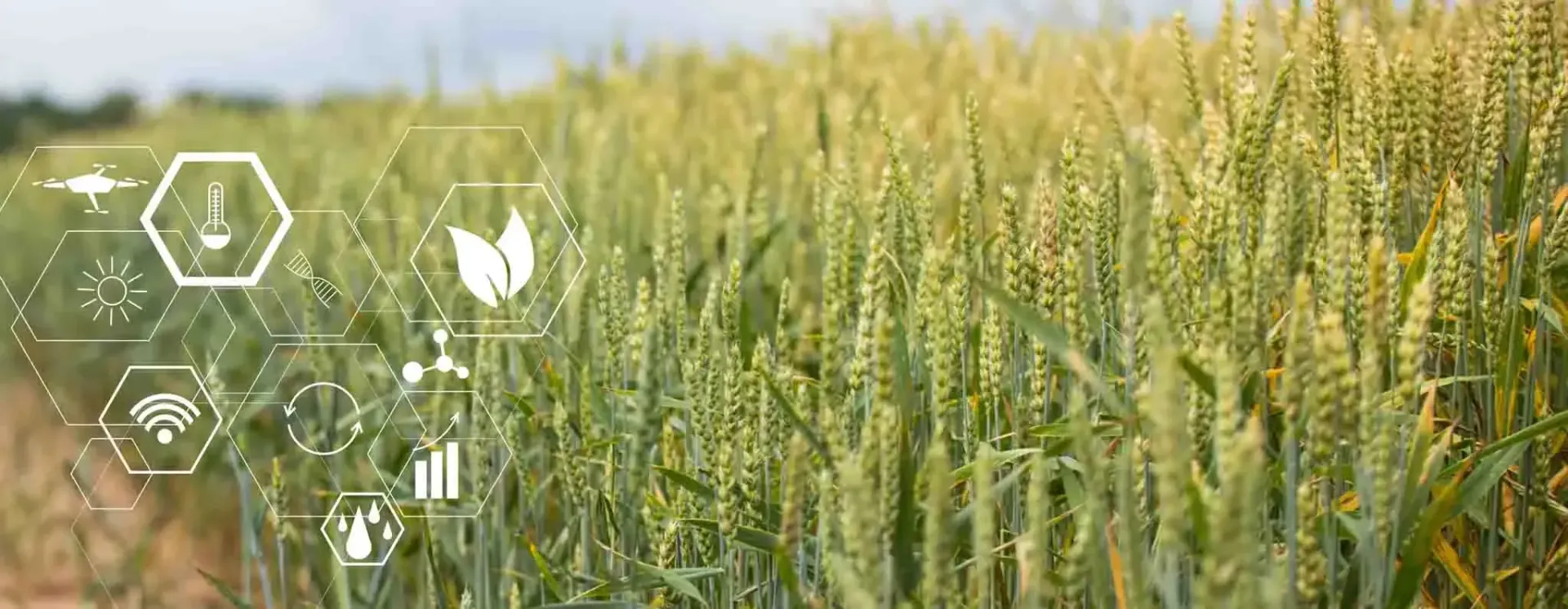
One such emerging technology is the use of Artificial intelligence (AI). Similar to its emergence in other industries – the potential benefits of this technology are immense. AI applications in precision farming and produce quality assessment have already shown significant promise. For example: in a study published on the Agronomy - an AI system recently achieved a 95.58% success rate in tomato maturity classification while other studies concerning wheat and other crops suggest 87%-92% rates in reducing food waste and enhancing crop management.
In the realm of global supply chains - AI technologies and digital tracing are also set to become crucial in achieving sustainability targets and economic needs, enhancing supply chain transparency and efficiency. One such example can be seen with IBM's AI-driven "Food Trust" platform that uses blockchain technology to trace food products, and empower consumers to make more informed and sustainable food choices.
New Challenges
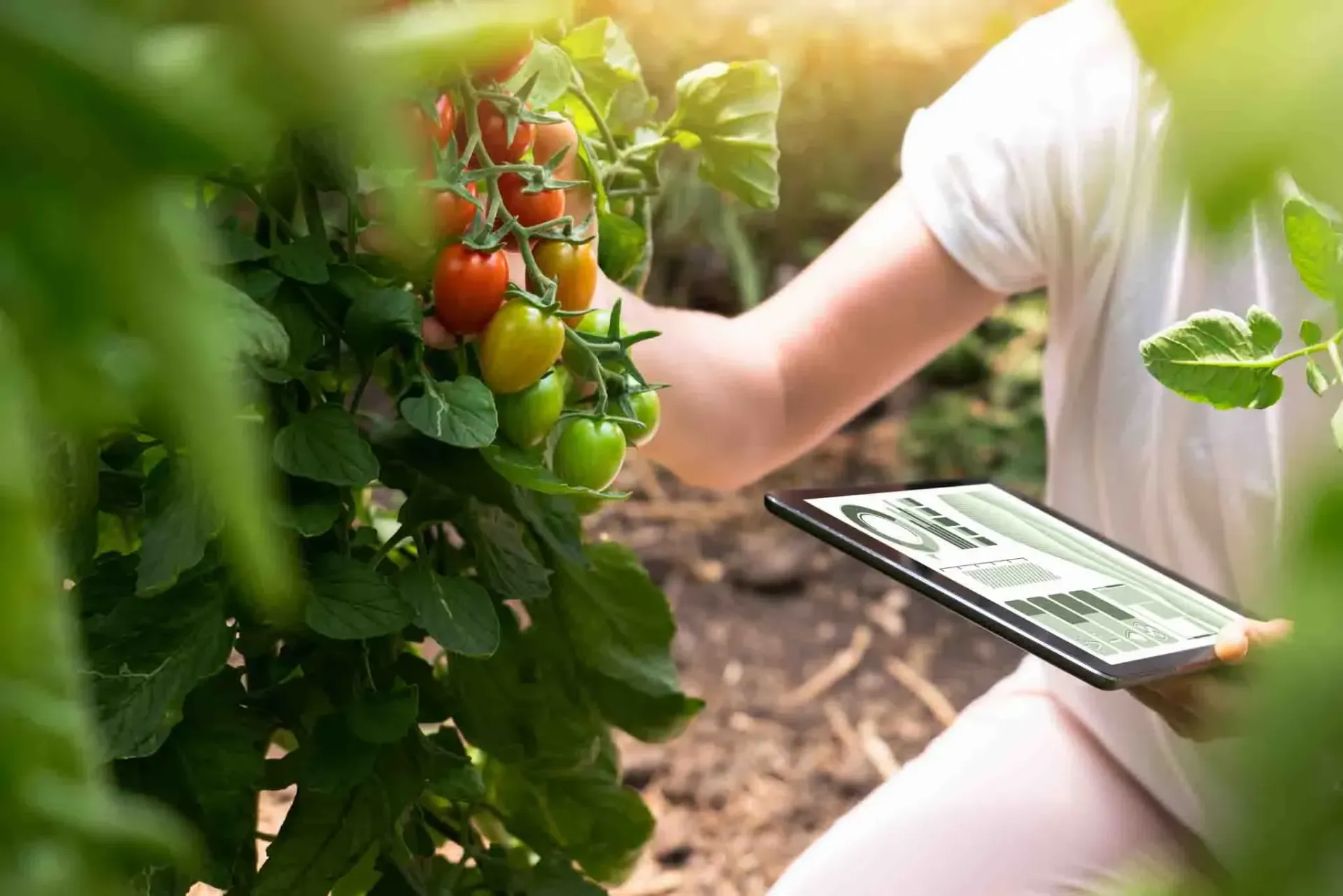
These case studies are extremely encouraging as we look into the future, but as with other industries – AI technology will inevitably come with concerns and challenges of its own: One such concern - is the initial investment in AI technology, one that can be prohibitively expensive, especially for small-scale farmers and those in developing countries. Additionally, the potential for AI to displace traditional farming roles, and the privacy issues that might emerge as AI systems collect and process vast amounts of data - are legitimate concerns that the industry as a whole will need to address going forward.
Despite these challenges, there is no denying the necessity of AI in transforming agricultural practices and global food supply chains as a whole. These new technologies offer a much needed path to significantly enhance food security, reduce waste, and create a more sustainable future for us all.
In conclusion
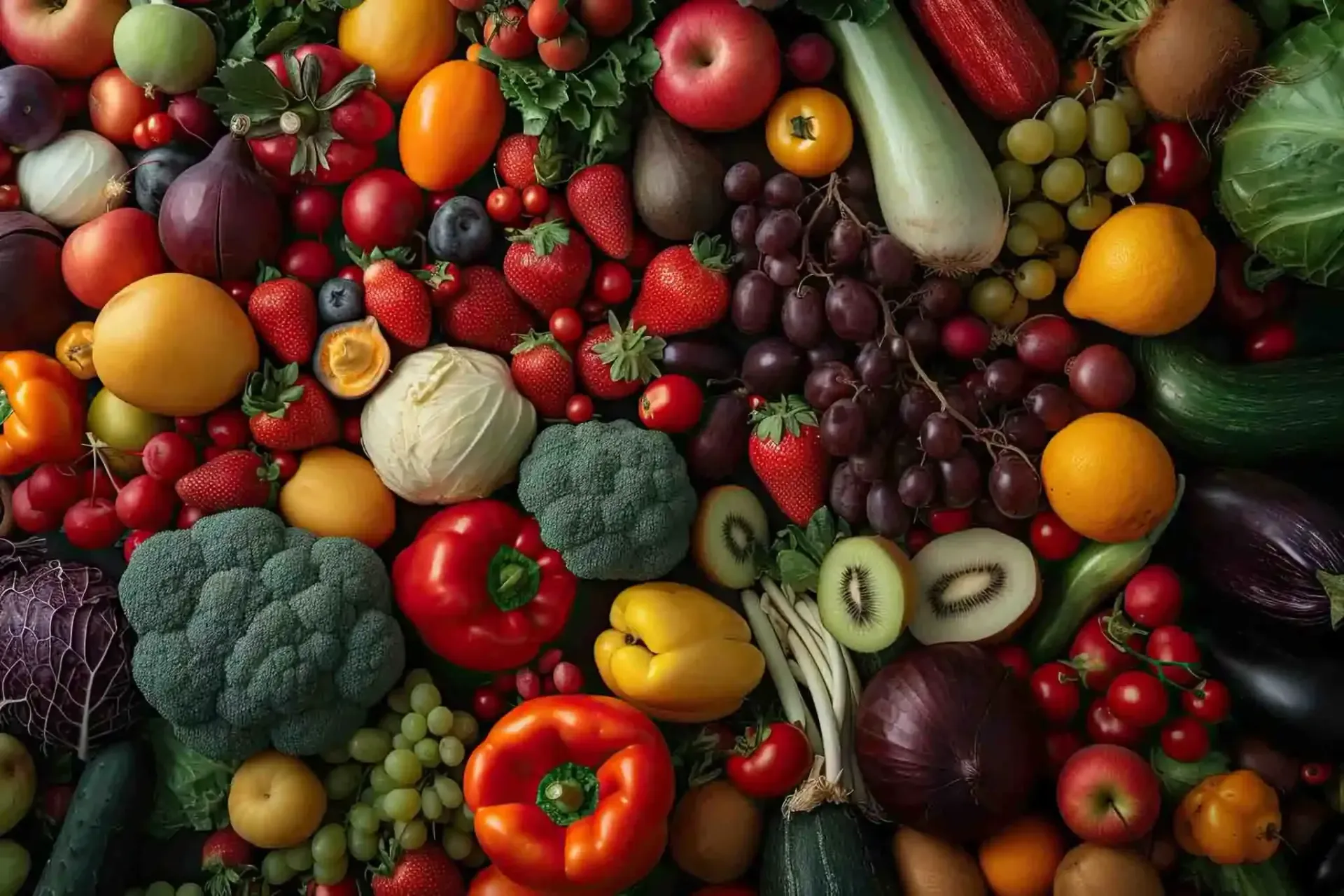
As we navigate this new and emerging landscape, it is imperative that we stay committed to continuing the exploration of these new technologies while identifying and addressing its challenges. It is an approach marked by the shared understanding that the ethical use of technology is paramount to maintaining trust and integrity within the agricultural community. We are confident that through collaborative engagement with stakeholders, including farmers, technologists, and policymakers, the integration of AI and other related technologies will yield enormous benefits , guiding the industry as whole towards a brighter, more sustainable future.
Join Our Newsletter
And be advised when new content is coming up
News Letter

